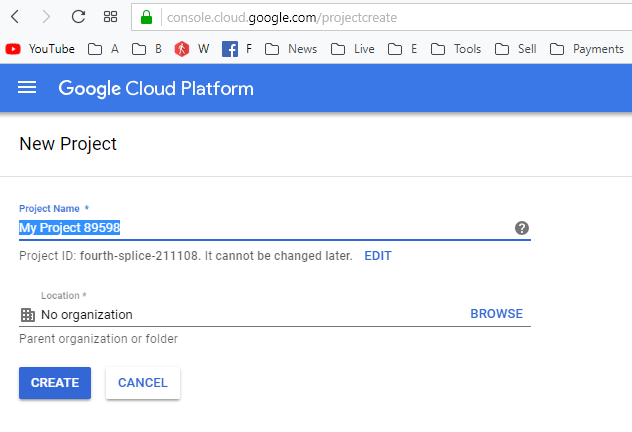

The to keyword is used to associate each key with its value. In this example, the keys are strings ("apple", "banana", and "orange") and the values are integers (1, 2, and 3). In the first line of code, we create an immutable map called myMap that contains three key-value pairs. Val myMutableMap = mutableMapOf("dog" to "poodle", "cat" to "siamese", "bird" to "parrot") Here's an example of creating a new map with both functions: val myMap = mapOf("apple" to 1, "banana" to 2, "orange" to 3) The mapOf() function creates an immutable map, while the mutableMapOf() function creates a mutable map that can be modified. To create a new map in Kotlin, you can use the mapOf() function or the mutableMapOf() function. In Kotlin, maps can be created and manipulated with a few simple functions, making them a useful tool for any developer. Maps are a powerful and versatile data structure that allow you to store and retrieve key-value pairs in a variety of programming contexts. For more information, read our affiliate disclosure. If you click an affiliate link and subsequently make a purchase, we will earn a small commission at no additional cost to you (you pay nothing extra). Important disclosure: we're proud affiliates of some tools mentioned in this guide. In this ever-evolving digital landscape, learning to harness the power of Kotlin Maps can help you to stay ahead of the curve and build innovative solutions that meet the needs of your users. This versatile collection type can be used to represent data structures ranging from simple dictionaries to complex data models, making it an indispensable tool in any developer's toolkit.

With its simple syntax and powerful features, Kotlin Maps provide a reliable and concise way to store and retrieve key-value pairs in a variety of use cases. Kotlin Maps are an essential tool for any programmer looking to manipulate data in a flexible and efficient manner. Keep laughing and enjoy your coding journey!🐱🏍 Why do programmers always mix up Halloween and Christmas?


 0 kommentar(er)
0 kommentar(er)
